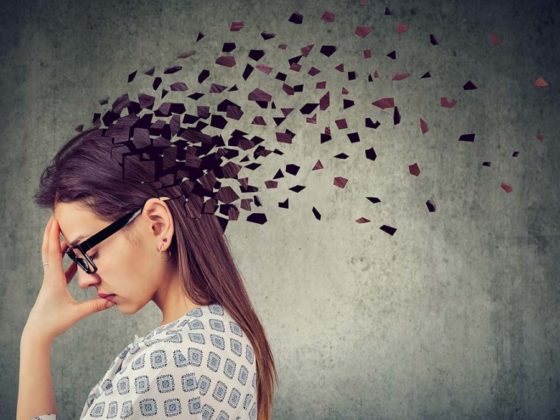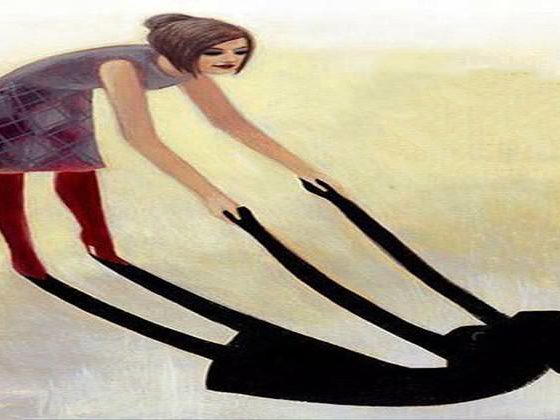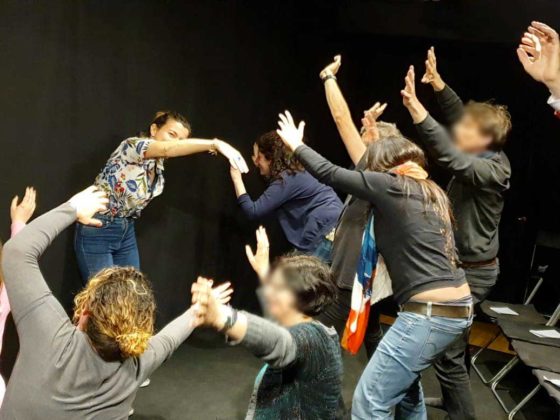Review Yourself 6: Identificazione, immaginazione e narrazione. Identification, imagination and narration.
I see a picture of an actor on a magazine. I look at the picture and I see the actor. Maybe I can daydream and think about what could happen if I met him or if he invited me to dinner. But I won’t identify myself with him. Instead, if I look at the actor of a photo love story, I will identify with him, I will become the actor. Why is that? The image can host the identification, but only if it somehow becomes a narrative container. Then it’s the narration sustained by the image which allows identification in a narrative articulation. It doesn’t matter if the actor I look at is blond with blue eyes, because I myself can become him when I enter the narrative dimension. In the photo love story, this narrative dimension is articulated by photographs, framings and individual shots that host captions of various types. These single shots are separated by a distance, which is necessary to lay out multiple photos on a page.
What is the magic of fiction? On the one hand, obviously, plot and dialogue; on the other hand the fascination for this window into a world that’s not mine, but as I see it, so to say, I consider it real as perceptually true. But there is another very important element: individual shots are separated by a small distance; this slight distance is a blank, that becomes a kind of gap. For this reason I can see three characters in the shot of a photo love -story and then the close- up of only one of them in the next photo. Obviously, numerous shots are missing, because reality does not have these gaps. Reality is a continuum, and it is this discrepancy between the continuum of reality and the narrative gaps (including the space between one shot and the other) which put me into contact with a kind of narrative gap that I will fill. I do this so naturally that we could consider this procedure as mostly unconscious, meaning that the narration that I follow and co-build with the narrator of the images is a story without gaps. From one long shot to the next close- up, there would be a visual gap but not a narrative one, because I will co-construct the story with the author. During the storytelling I co-construct the tale I need to be told and somehow the story that can give me the emotions I need to experience, in this dimension of “as if…” narration.
Translation edited by dr. Daniela Abbrescia




